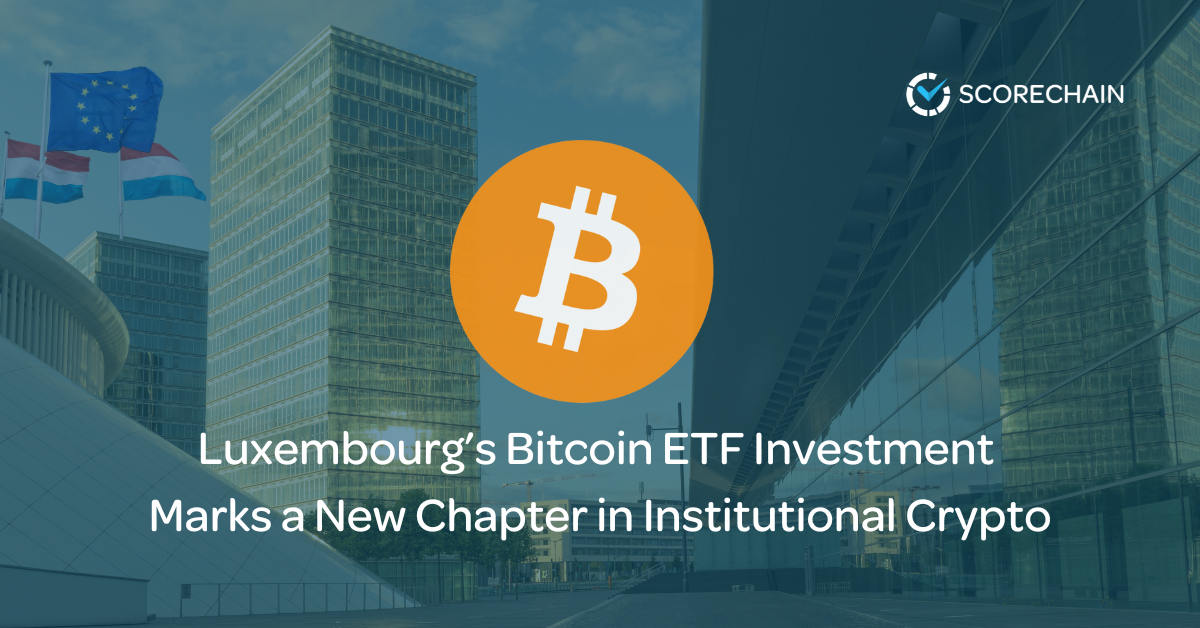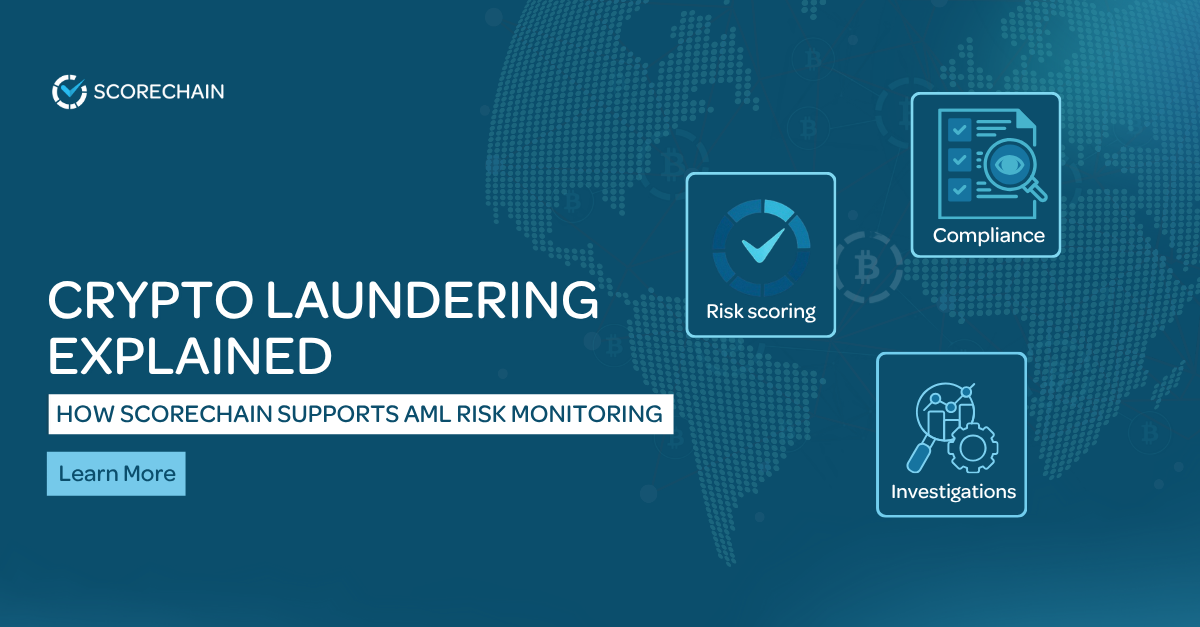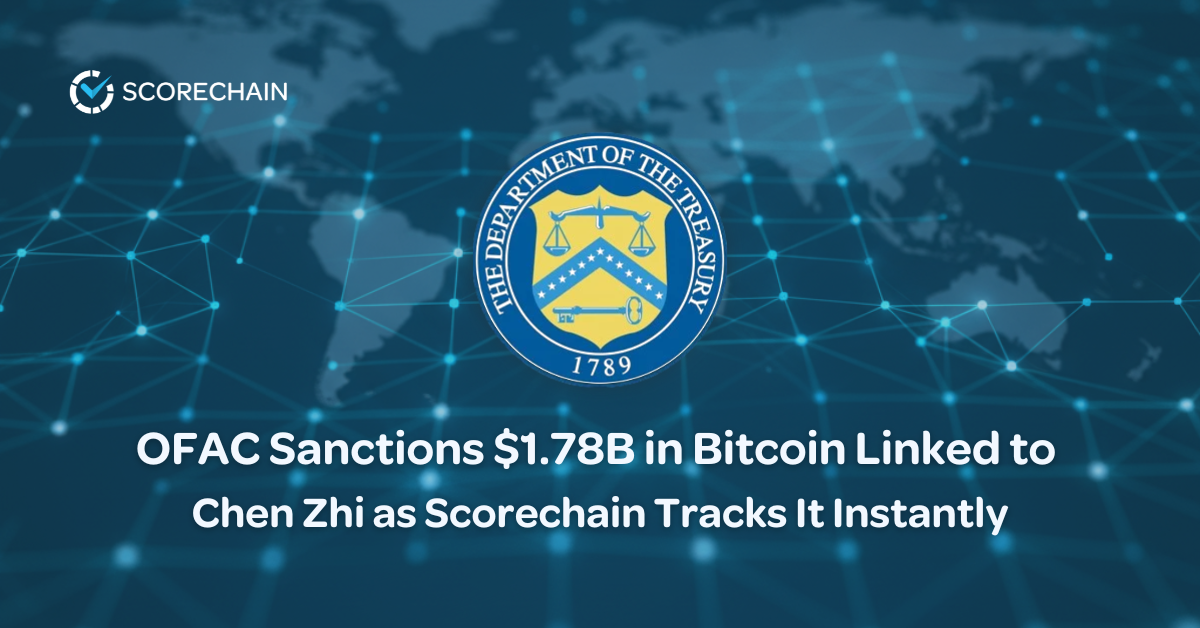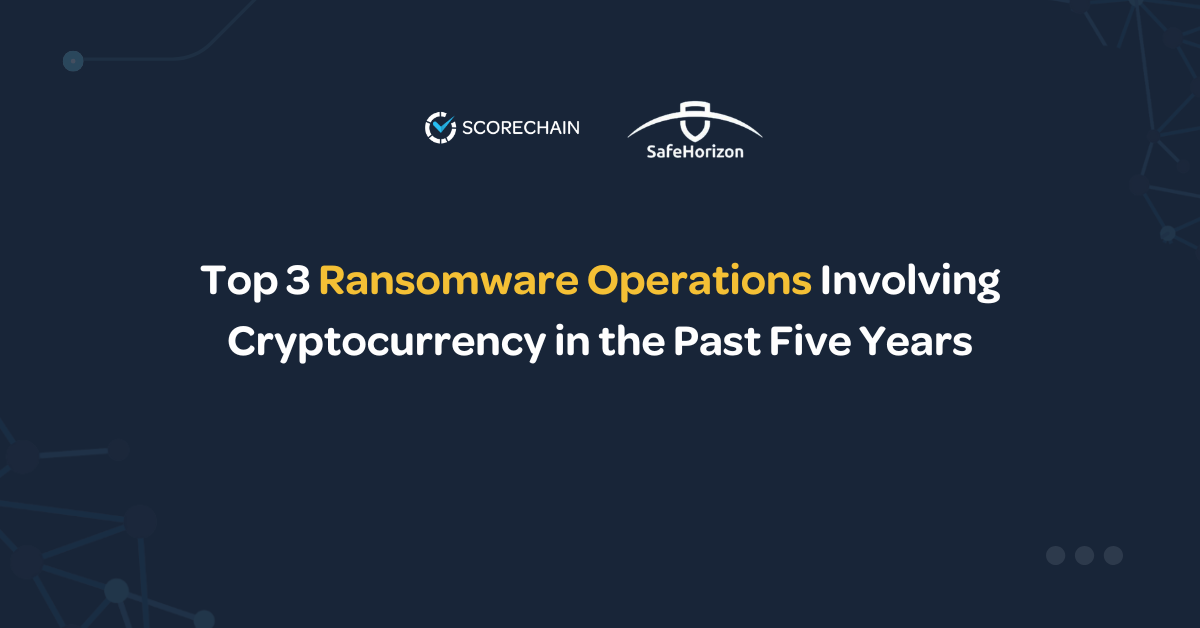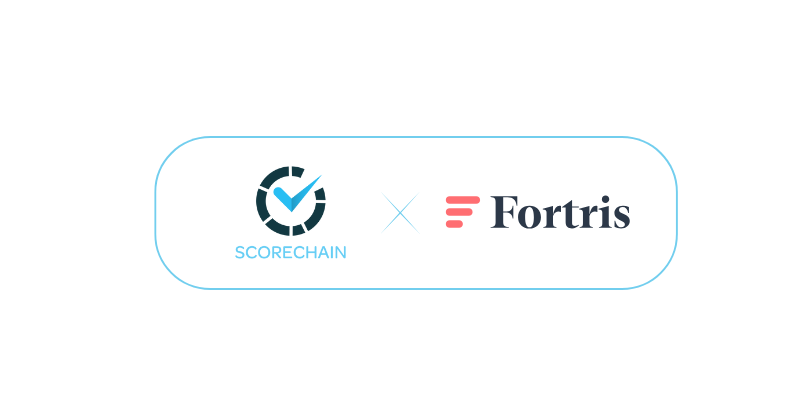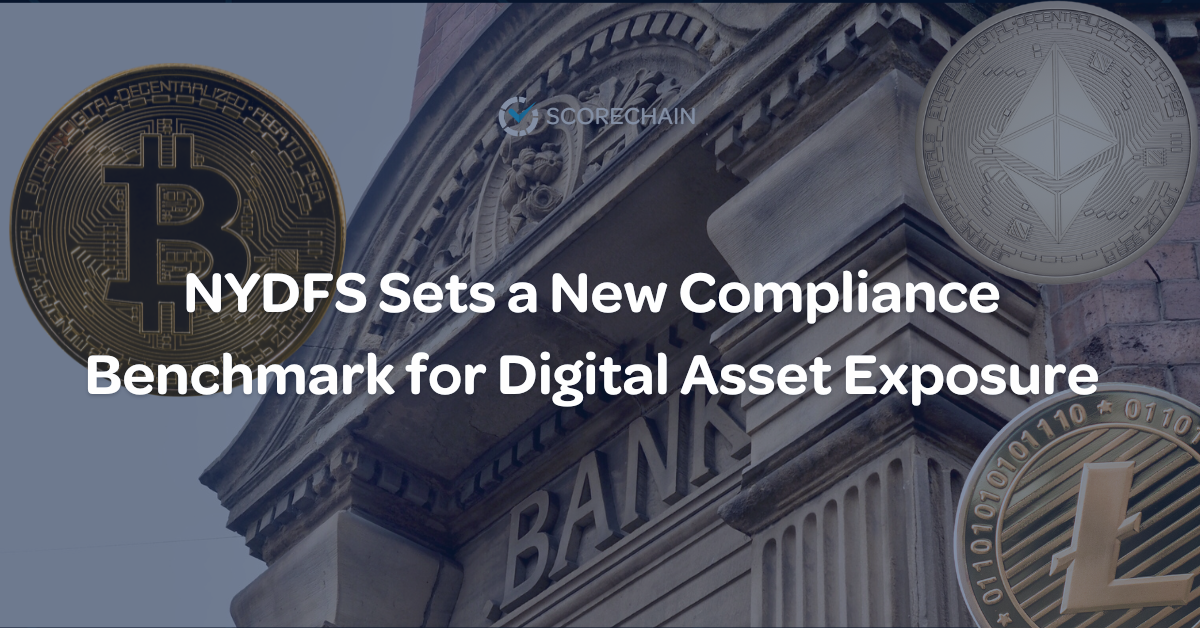Luxembourg has once again confirmed its position as a pioneer in European finance. The country’s Intergenerational Sovereign Wealth Fund, known as FSIL, recently announced that it has allocated one percent of its portfolio to Bitcoin through regulated exchange-traded funds.
This is the first time a sovereign fund within the Eurozone has taken such a step. The decision may seem small in percentage terms, but it represents a remarkable moment for institutional crypto adoption. It shows that public investment entities can participate in the digital asset market while maintaining transparency, risk control, and compliance with European regulations.
A Careful and Compliant Approach
FSIL’s choice to invest through Bitcoin ETFs is deliberate. By using regulated investment vehicles instead of holding Bitcoin directly, Luxembourg reduces custody and operational risks while benefiting from professional fund governance.
This approach is aligned with the spirit of the European Union’s Markets in Crypto-Assets regulation, known as MiCA. The framework provides clear guidance for the custody, issuance, and trading of crypto assets. It gives institutions a legal foundation to explore digital assets responsibly and demonstrates how innovation can work hand in hand with compliance.
Luxembourg’s step signals that digital assets are no longer considered experimental or speculative. They are becoming part of diversified, long-term portfolios managed under the same standards of transparency and governance as traditional financial instruments.
Regulation as an Enabler of Innovation
The introduction of MiCA has created an environment where financial institutions can explore digital assets with confidence. By clarifying licensing rules, disclosure obligations, and custody requirements, the European Union has transformed uncertainty into opportunity.
Luxembourg’s leadership in applying these rules shows how a strong regulatory foundation can actually accelerate innovation. When institutions have a clear path to compliance, they are more willing to explore new asset classes.
This balance between regulation and innovation is exactly what will define the next stage of growth in institutional crypto.
Transparency as the Cornerstone of Institutional Trust
Institutional investors are now asking new questions. They are not only seeking performance, but also proof of transparency and integrity.
They want to know where assets originate, how they are stored, and whether their exposure aligns with global compliance standards.
This is why blockchain analytics and crypto risk intelligence have become essential parts of institutional infrastructure.
At Scorechain, our mission is to provide the visibility that modern finance requires. Our analytics and risk scoring technology help institutions trace transactions, assess counterparties, and ensure that their digital asset exposure remains compliant with anti-money laundering and counter-terrorism financing regulations.
We believe that transparency builds trust, and trust enables growth.
Lessons from Luxembourg’s Leadership
Luxembourg’s decision highlights three essential lessons for institutions entering the digital asset space.
Regulation and innovation are compatible.
The MiCA framework proves that well-designed rules can support technological and financial progress.
Transparency creates confidence.
Institutions must be able to demonstrate the origin, purpose, and compliance of every transaction.
Compliance is a strategic advantage.
Those who can prove that their digital asset operations meet the highest standards will gain the trust of regulators, partners, and clients.
These principles are guiding the evolution of the crypto ecosystem from speculative beginnings to an integrated part of the financial system.
Building a Compliant Digital Finance Future
Luxembourg’s Bitcoin ETF allocation may be modest in scale, but its implications are substantial. It is a signal that institutional crypto adoption in Europe has entered a new phase.
The decision connects innovation with responsibility. It shows that a financial center known for prudence can also lead in digital transformation. And it emphasizes the importance of the data, tools, and analytics that make compliance measurable and verifiable.
As more funds, custodians, and asset managers explore digital assets, the need for robust compliance infrastructure will continue to grow. At Scorechain, we remain committed to supporting this evolution through advanced analytics, clear reporting, and trusted risk intelligence.
Our goal is to ensure that every institution can approach the digital asset economy with the same level of confidence they have in traditional finance.
Learn more about institutional crypto compliance
To explore how MiCA, AML standards, and blockchain analytics are shaping institutional crypto adoption, and to discover how Scorechain can help your organization meet regulatory and compliance requirements in the evolving digital asset landscape, talk to one of our experts today.
.png)
